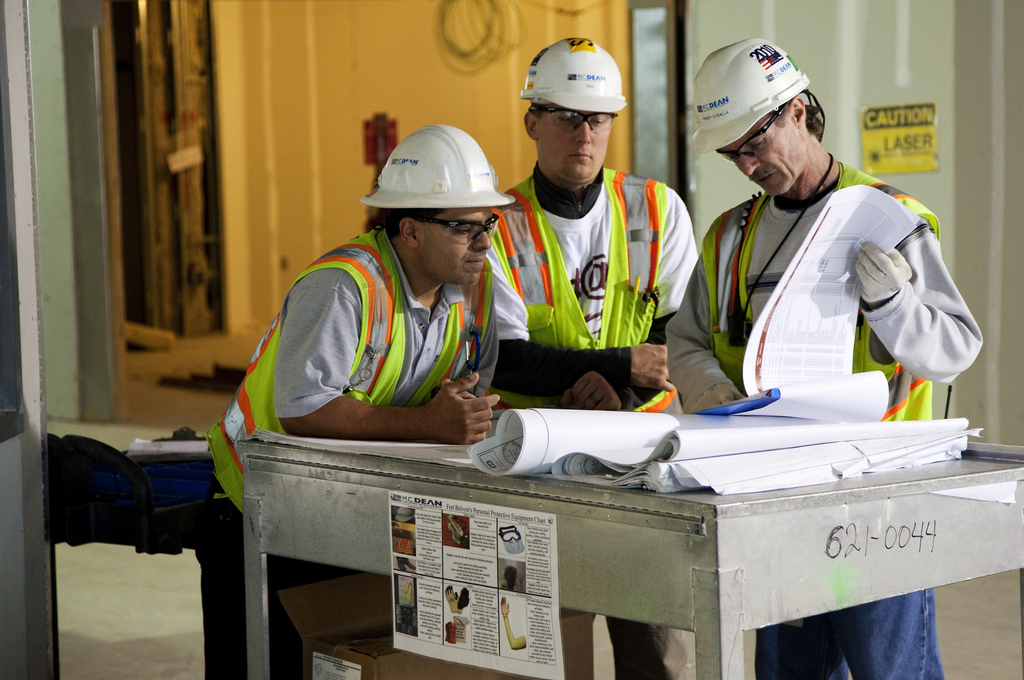Dry-Out Contractors

Just yesterday, after an impact with a hose bib outside the home, water poured out from inside the wall. I, as a trusted Grandpa, was asked to come over and assess the situation. I took along my trusty 16 ounce claw hammer and upon arrival, began breaking the sheetrock. Viola! There was the pipe inside and it was easy to see that a copper line had broken and needed to be soldered.
Having found the leak, we called for a plumber to solder the pipe and I left for other Saturday activities.
The plumber came out and soldered up the line and charged $169.00. Fine. But then the plumber did something Ole’ Grandpa would never approve. He recommended that a Dry-Out Contractor be called and the loving relative whose home was damaged did just that. The Dry-Out Contractor was there immediately.
A “Dry-Out” Contractor is one who comes to the home and dries out the walls, floor, and inside the walls. He or she will use blowers to do this, kind of like those machines installed in restrooms to dry your hands. Sometimes the services of these companies are critical, especially to prevent mold from growing. However, since the beginning of this blog twenty years ago, I have railed against the agreement that the contractor wishes the homeowner to sign. I think this issue was brought up in one of the first three blogs I posted.
The agreement that the Dry-Out contractor requires is called a “work authorization”. By signing the agreement, the homeowner agrees to pay what is billed. Insureds have signed these for decades and upon completion of services rendered, the Dry-Out Contractor will go to the insurer for payment. But wait! This incidence is not a claim that will be presented to an insurer. The homeowner will have to pay the bill.
I think there is something wrong with this and conflicts often ensue, especially when the bill is presented to the insurer by the Dry-Out Contractor. The Insurer has more power over the transaction and will often pay a portion of the claim after which the Dry-Out contractor will look to the homeowner for the balance. This has happened in the past on claims which Brown-O’Haver was involved and, when the Dry-Out Contractor sued the homeowner for the balance, we insisted that the insurer defend the homeowner through the liability portion of the policy. The insurance company did and the Dry-Out Contractor backed off and dropped the lawsuit.
I once maneuvered one of these cases to a judge who ruled that the agreement violated the elements of a contract which are
(1) offer; (2) acceptance; (3) intention; (4) consideration; (5) capacity.
The judge ruled that the open end of “consideration” was not appropriate. He ruled that there had to be an amount upon which all parties agreed and this was not done in this case. Unfortunately, this ruling was not posted or filed.
Back to the beginning of my story, the Dry-Out Contractor came immediately and used two people and a number of blowers to dry out the home and was there for approximately two hours. The bill: $2,000.00! What a crock!
If you encounter such a loss before the involvement of Brown – O’Haver, take the agreement and pencil in an amount that will be charged and cross out the part of the agreement that gives the Dry-Out Contractor a power of attorney to sign all insurance checks issued in your name or which is a direct pay authorization which allows the insurance company to pay the restoration contractor directly. Right up front, agree to an amount that the services will not exceed.
We are here with advice and services offered at any time you need us.







